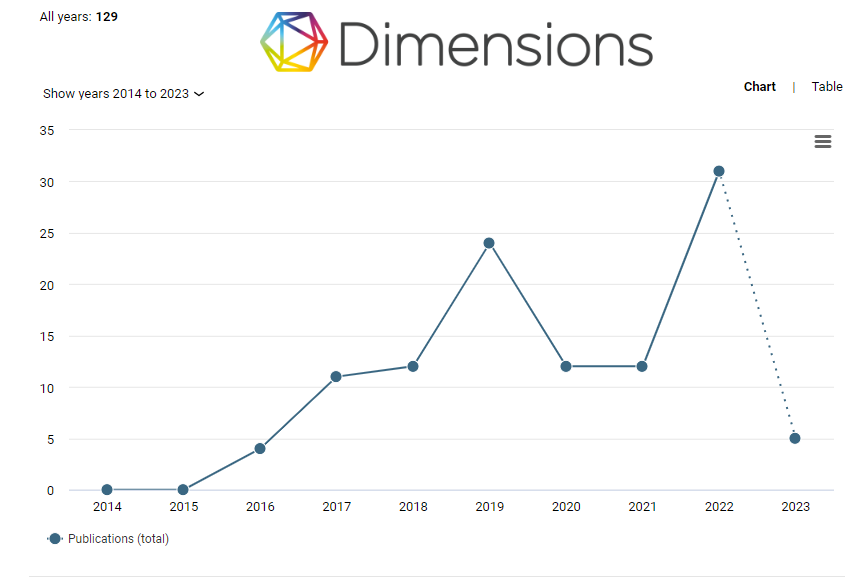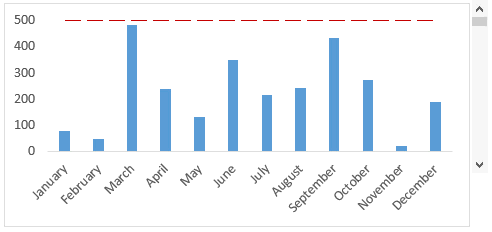IMPLEMENTATION OF ARTIFICIAL INTELLIGENCE FOR EARLY DETECTION OF GENERATOR FAULTS IN POWER PLANTS
Abstract
In addition to achieving optimal generator scheduling, ensuring the safe operation of the generator itself is equally important. This paper proposes the implementation of artificial intelligence for early detection of generator faults in power plants. A neural network (NN) approach is employed to construct the virtual simulation of the generator capability curve. The developed visualization model enables simulation of generator operating behavior while accounting for various operational constraints and component limitations. Furthermore, the visualization of the capability curve can effectively illustrate different potential operating scenarios that may occur in real-world generator operations. It also allows simulations under special or specific conditions, providing an accurate and flexible representation of generator performance
Downloads
References
Lee, C.-Y.; Tuegeh, M. Optimal optimisation-based microgrid scheduling considering impacts of unexpected forecast errors due to the uncertainty of renewable generation and loads fluctuation. IET Renew. Power Gener. 2020, 14, 321–331
Fu, C.; Zhang, S.; Chao, K.H. Energy management of a power system for economic load dispatch using the artificial intelligent algorithm. Electronics 2020, 9, 108.
Shen, X.; Wu, G.; Wang, R.; Chen, H.; Li, H.; Shi, J. A self-adapted across neighborhood search algorithm with variable reduction strategy for solving non-convex static and dynamic economic dispatch problems. IEEE Access 2018, 6, 41314–41324
Yang, Y.; Wei, B.; Liu, H.; Zhang, Y.; Zhao, J.; Manla, E. Chaos firefly algorithm with self-adaptation mutation mechanism for solving large-scale economic dispatch with valve-point effects and multiple fuel options. IEEE Access 2018, 5, 45907–45922.
Nilsson, N.E.; Mercurio, J. Synchronous generator capability curve testing and evaluation. IEEE Trans. Power Deliv. 1994, 9, 414–424
Painemal, H.P. Enforcement of current limits in DFIG-based wind turbine dynamic models through capability curve. IEEE Trans. Sustain. Energy 2019, 10, 318–320
Thakar, S.; Vijay, A.S.; Doolla, S. Effect of p-q limits on microgrid reconfiguration: A capability curve perspective. IEEE Trans. Sustain. Energy 2019
Sangeetha, G.; Sherine, S.; Arputharaju, K.; Prakash, S. On line monitoring of higher rated alternator using automated generator capability curve administer. In Proceedings of the 2018 International Conference on Recent Trends in Electrical, Control and Communication (RTECC), Selangor, Malaysia, 20–22 March 2018
Tan, Z.; Zhong, H.; Wang, X.; Tang, H. An Efficient Method for Estimating the Capability Curve of a Virtual Power Plant. CSEE J. Power Energy Syst. 2020
Khazaei, J.; Nguyen, D.H.; Asrari, A. Consensus-based demand Response of PMSG wind turbines with distributed energy storage considering capability curves. IEEE Trans. Sustain. Energy 2019
Grainger, J.J.; Stevenson, W.D., Jr. Power System Analysis; McGraw-Hill, Inc.: New York, NY, USA, 1994
Beaty, H.W.; Fink, D. Standard Handbook for Electrical Engineers, 16th ed.; McGraw-Hill, Inc.: New York, NY, USA, 2012
Park, B.; Tang, L.; Ferris, M.C.; DeMarco, C.L. Examination of three different ACOPF formulations with generator capability curves. IEEE Trans. Power Syst. 2017, 32, 2913–2923
Fernandes, I.G.; Paucar, V.L.; Saavendra, O.R. Impacts of synchronous generator capability curve in power system analyses trough a convex optimal power flow. In Proceedings of the 2019 IEEE PES Innovative Smart Grid Technologies Conference-Latin America (ISGT Latin America), Gramado, Brazil, 15–18 September 2019
Sutherland, P.E. Safe operating limit. IEEE Ind. Appl. Mag. 2011, 17, 14–19

This work is licensed under a Creative Commons Attribution-ShareAlike 4.0 International License.
This work is licensed under CC BY-SA 4.0

 Maickel - Tuegeh(1*)
Maickel - Tuegeh(1*)











